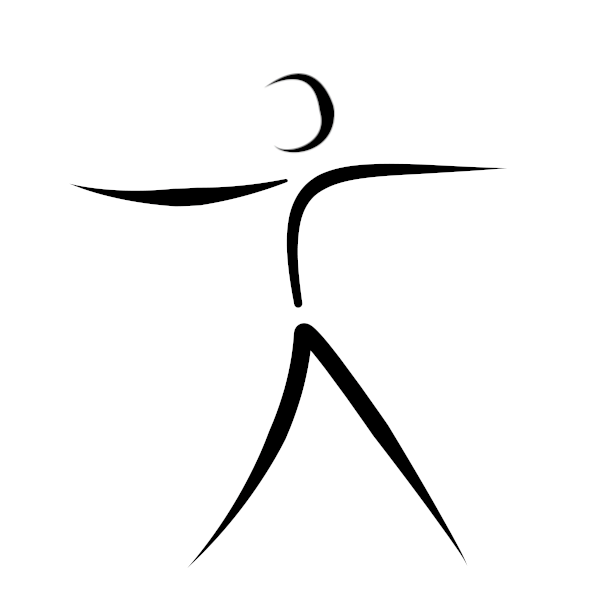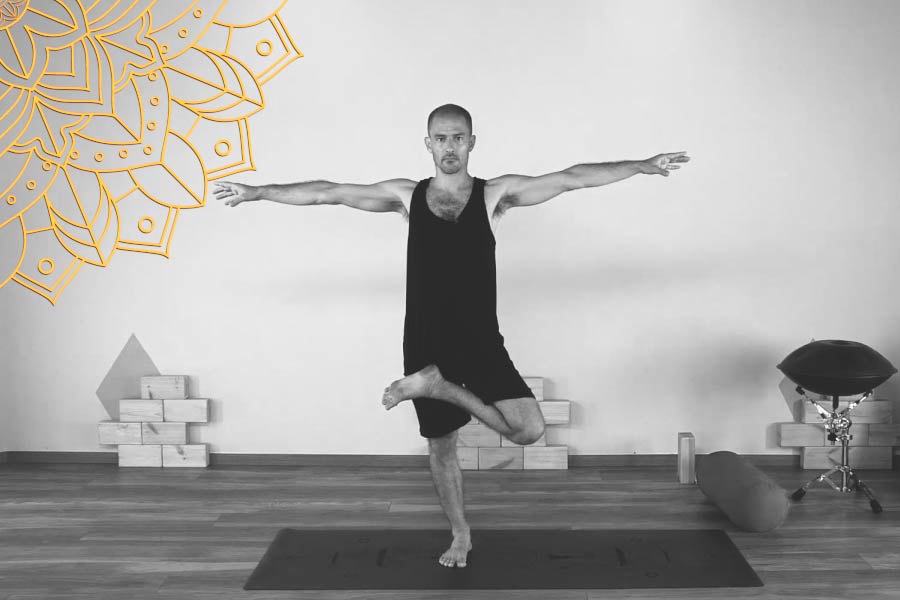Vijnana
Back to all Methods

Vijnana is the wisdom and inner clarity that flows from personal life experiences. This is described beautifully by the Indian philosopher Ramakrishna who states that “The awareness and conviction that fire exists in wood is Jnana, Knowledge. But to cook rice on that fire, eat the rice, and get nourishment from it is Vijnana”. The guiding principles that enable us to concentrate, see, feel, understand, internalize and act deliberately include: Relaxing the body, relaxing the mind, focusing through Intent, rooting, Connecting, Awareness of breath, Expanding – Elongating and widening.
Vijnana yoga was developed by Orit Sen Gupta, however, it derives its fundamental philosophies from Krishnamacharya, “the father of modern Yoga”. The name Vijnana literally means inner clarity in Sanskrit and refers to the knowledge that is not obtained through simple observation, but rather as an epiphany, a knowledge or insight that occurs intuitively. The exercises practiced in vijnana are conducted through quiet sitting and meditation, Paranayma (breathing) and a range of asanas (movements), these are aimed to achieve the aforementioned seven prinicples: Relaxing the body, relaxing the mind, focusing through Intent, rooting, Connecting, Awareness of breath, Expanding – Elongating and widening. The guiding principle stems from the understanding that the success of the exercise is subjective and is not a single, definitive pose that enables inner clarity. In this sense, this form of activity is personal and depends on the person’s ability to concentrate rather than preform a physically strenuous contortion of the body.
From a technical point of view, the session involves a wide range of movements that can be modified according to the individual’s abilities- slow/fast, static/dynamic, rudimentary/advanced etc.
Courses

Active Cooldown
Train introspective reflection
This exercise breaks down common asanas and teaches appropriate techniques-
The exercises include sun salutations, various balancing poses, forward bending and backward bending poses, hand stands, breathing techniques, introspective reflection and awareness meditations.